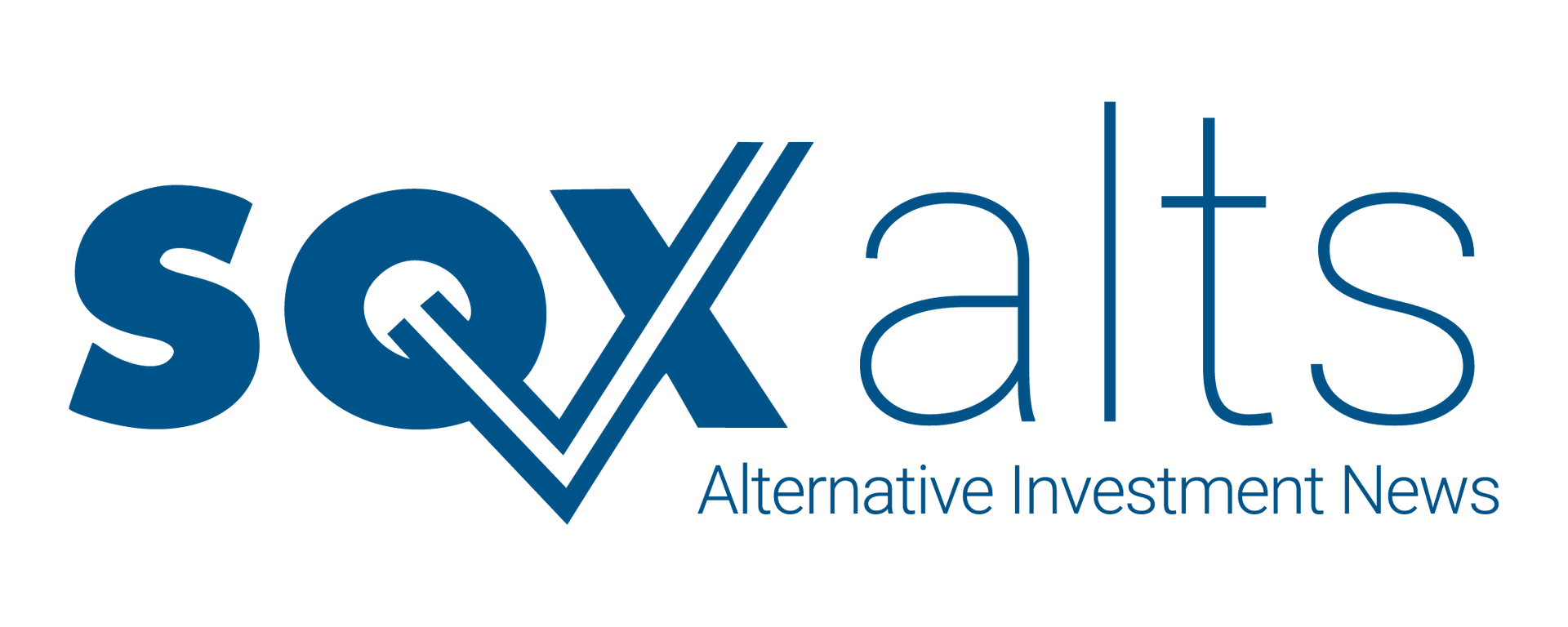Millburn Multi-Markets Fund Reports $8.7M Asset Decline
Trading losses in energy and currency markets offset modest gains in equities and metals, leading to a net loss for the period.
August 14, 2025

Millburn Multi-Markets Fund L.P. saw its capital shrink by $8.7 million in the first half of 2025, driven by volatility across energy and currency markets. The fund ended the second quarter with $112.4 million in partners’ capital, down from $121.1 million at the start of the year.
The losses came as markets shifted quickly, and the fund’s exposure to energy and FX markets weighed on performance. From April through June, the fund posted a net loss of $1.65 million after profit share, bringing the year-to-date loss to $2.17 million. Withdrawals also played a role, totaling $6.8 million for the half-year, while new contributions added just $311,000.
NAV per unit declined across every share class, with Series A—the fund’s largest—slipping to $1,269.39 from $1,295.79 at year-end. Series B through E followed similar patterns.
Where the Fund Lost Ground
Energy markets were a drag on results. Brent crude, for example, swung from $75 down to $60 per barrel in April before spiking above $77 during the Israel-Iran conflict. By quarter-end, it had settled around $67. The fund had long exposure to both Brent and WTI, and those positions were unprofitable. U.S. and European natural gas trades were also hit as prices bounced on conflicting signals around inventory levels and demand forecasts.
Currencies added to the pressure. The U.S. dollar lost about 7% over the quarter, and long USD positions against several global currencies generated losses. Trades in the Brazilian real, Mexican peso, and Japanese yen helped offset the damage, but not enough to turn FX into a winning sector.
Soft commodities were mixed. Coffee trades fell off as harvest data from Brazil improved the global supply outlook. Cocoa, however, contributed gains—benefiting from supply challenges in West Africa and strong demand in Europe and the U.S.
What Helped Cushion the Decline
Equity index futures were a relative bright spot. Long positions in U.S., Japanese, and Taiwanese markets performed well, particularly as sentiment rebounded from tariff-driven selloffs early in the quarter. Positions in European and Chinese equity futures saw moderate losses, but the net contribution from equities was positive.
Metals were another area of strength. Gold and silver added to returns, supported by investor demand during the Middle East conflict and expectations for rate cuts. Copper and aluminum positions detracted somewhat, but overall, the metals book helped steady performance.
Grain trading was mixed. Short positions in corn and wheat worked well, while trades in soybean oil were less effective, particularly as biofuel policy uncertainty drove price action.
Interest rate futures generated modest gains. Longs in short-term U.S., British, Australian, and Italian contracts helped, especially during April. Other positions—especially in German and Canadian debt—were less consistent.
What Changed at the Fund Level
The fund continues to invest almost entirely in the Millburn Multi-Markets Trading L.P. master fund, which accounts for its trading activity. As of June 30, the fund held a 26.6% share of the master vehicle. The Cayman feeder fund remains the majority investor.
The master fund itself reported a modest net loss of $175,000 for the six-month period, compared to a gain of $55.9 million in the same period last year. As expected in a period of muted performance, the general partner received minimal profit share—just over $3,000 for the half-year.
Expenses came down from the prior year due to a smaller capital base. Interest income also dropped—$2.5 million this year versus $3.3 million in the first half of 2024—largely reflecting lower yields and reduced cash balances.
How the Fund Managed Risk
The fund did not encounter any liquidity issues during the quarter. Assets remain primarily in U.S. government securities and cash equivalents, and no leverage or off-balance sheet financing is used.
From a trading perspective, positions were sized proportionally to assets. The general partner continued to monitor exposures in real time and maintained restrictions on position pyramiding. The fund also kept counterparty risk in check by working only with large, well-capitalized brokers and banks.
There were no legal proceedings or regulatory changes reported during the quarter, and no material changes were made to accounting policies or internal controls.
Sector Breakdown and Attribution
For Q2, the largest losses came from:
- Energy: -1.11%
- Currencies: -1.55%
- Soft commodities: -0.10%
Gains were led by:
- Stock indices: +0.23%
- Metals: +0.06%
- Grains: +0.07%
- Interest rates: +0.06%
In the first half of the year, metals led with a +1.10% gain, while other sectors hovered around breakeven. Energy and currencies remained the main sources of drag.
Outlook
While the fund’s strategy remains confidential, it is built to respond to major shifts in global capital and commodity markets. The general partner continues to seek out opportunities across interest rates, currencies, commodities, and equity futures.
Market conditions in the first half of 2025 tested that approach. Between geopolitical conflict, rate uncertainty, and shifting growth forecasts, few trends held long enough to be captured reliably. Still, the fund’s broad diversification helped contain losses, and liquidity remained solid throughout.
The general partner has indicated no material changes to its strategy or risk framework for the second half of the year. It continues to focus on navigating volatility while positioning the fund for future opportunities.
Share
Read More Articles


